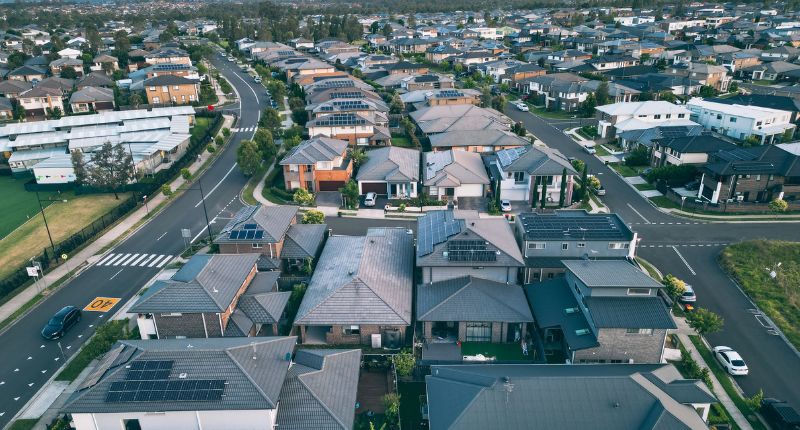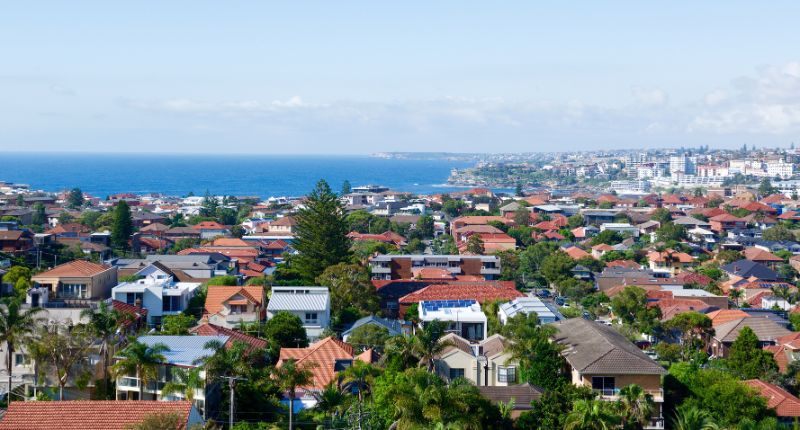
- $1.3B housing plan aims for 53,500 social homes by 2046.
- REIQ supports plan's principles but seeks clarity on achieving ambitious targets
- Concerns raised over plan's efficacy, calling for deeper solutions to housing crisis.
Earlier this month, the Queensland Government unveiled its ambitious $1.3 billion-dollar plan to overhaul the State’s housing.
Part of the five-pillar plan was a jaw-dropping commitment of $1.25 billion over the next five years to deliver more than 2000 social homes every year from 2028, reaching 53,500 new social homes by 2046.
However, while praising the Government for taking a step in the right direction, the Real Estate Institute of Queensland (REIQ) sought more clarity into the specifics of how the State was planning to achieve its goals.
The five-pillar plan
In short, the plan comprises:
- More homes faster, which includes a $350 million Incentivising Infill Fund, mandatory housing targets under regional plans, and streamlined priority projects.
- Support Queensland renters, which includes a $160 million Renters Relief Package and rental law reforms to improve consumer protections.
- Help first homeowners, including doubling the first homeowner grant, targeted support for prospective First Nations homebuyers, and administering the Federal Government’s Help to Buy Scheme.
- Boost social housing, the $1.25 billion plan to deliver 53,500 social homes by 2046.
- Towards ending homelessness, including $390 million more funding for homelessness services, a two-worker model, an independent sector review, and eight new youth foyers.
An ambiguous roadmap
REIQ CEO Antonia Mercorella said while her organisation backed the plan’s underlying principles, there were concerns over how the high-reaching social housing target would be achieved.

“The principles are very sound, especially the points that are focused on ramping up supply, and if it can be delivered there’s no doubt it would put Queensland in a much better position than it is in today,” Mercorella said.
“Construction of more social housing is fundamentally important, and I think we all want to see our woeful social housing build and growing social housing waitlist turned around.”
“However, we’re calling the government to reveal the detail – the roadmap that will take us from here to there, because we’re struggling to understand how it will be different from past targets that have fallen short.”
Antonia Mercorella, REIQ
“Yes, we want to be ‘ambitious’, we want to remain hopeful, but without the ‘how’, it’s hard to see these targets being hit.”
A surface-level fix to an intractable problem
Mercorella commended the State’s renters’ relief package, staffing support, and the slew of changes addressing homelessness.
“It’s clear that the number of people using homelessness services has grown, so further support is absolutely warranted,” Mercorella said.
However, she argued that the Government’s approach was a Band-Aid solution, which would see more people going to homelessness services rather than addressing the root causes of homelessness.
She also said there were missed opportunities in the plan to bring about long-term change regarding the housing crisis.
“To really enact change on-the-ground, what’s missing from this plan is addressing the tax environment, the cost of construction and productivity, and support for apprenticeships and skills in Queensland,” Mercorella said.
“We also think the first homeowner support pillar is missing a trick or two – there seems to be a focus on helping people in the rental sphere, but it concerns us that there is no focus on creating pathways to home ownership.”
“Queensland has the lowest home ownership rates in Australia, and a concerted focus to turn this around by assisting those who want to transition into owning their own home would have widespread benefits.”
Mercorella believed that incentives were paramount to inducing more housing development.
“We’d also like the Incentivising Infill Fund to have an ongoing budget line rather than a one-off allocation that’s exhausted very quickly.”







